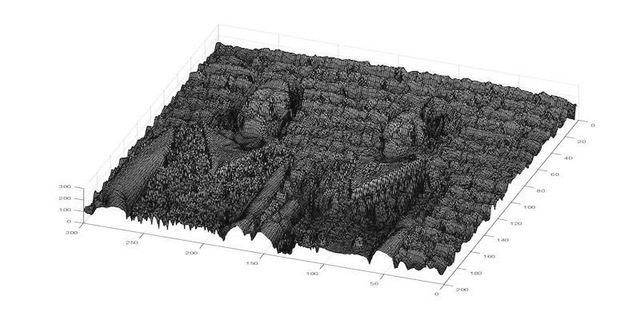In this series of posts, we’ll be featuring mathematical podcasts from all over the internet, by speaking to the creators of the podcast and asking them about what they do.
We spoke to Plus Magazine editors Marianne Freiberger and Rachel Thomas about their podcast, Maths on the Move.
Podcast title: Maths on the Move
Website: plus.maths.org/podcast
Links: RSS feed
Average episode length: 25 minutes
Recommended episode: Any of our latest series published since April 2020!

What is your podcast about, and when/why did it start?
The Plus podcast is a chance to meet the mathematicians behind new maths and its applications to our lives. We’ve covered issues surrounding COVID-19, maths and music, artificial intelligence, and some more esoteric aspects of theoretical physics — and all our episodes feature experts in the different fields. We first started producing podcasts way back in 2007, but this year have relaunched the podcast with a new format.
Who publishes your podcast?
The Plus podcast is published by Plus Magazine, a free online magazine aiming to open a door to the world of mathematics for any curious minds. Apart from podcasts, Plus also runs articles, interviews, news stories, reviews and videos about all aspects of mathematics and its applications. We’re part of the Millennium Mathematics Project, an educational initiative based at the University of Cambridge.

Who is the intended audience for the podcast?
Anyone who is curious about maths and the world: including the general public, older secondary school students, and their teachers.
What is a typical episode like?
A typical episode is about 25 minutes long, featuring Rachel and Marianne exploring a particular topic, including a discussion with an expert in the field. At the end of each episode we try to explain a mathematical idea (e.g. NP-hard problems) in one minute, complementing the Maths in a Minute Library on Plus. Podcasts are released roughly once a fortnight, though we’ve had a break over the summer. And if the ideas we discuss capture your interest, you can explore them further in accompanying articles on the Plus website!
Why should people listen? Why is it different to other mathematical podcasts?
Plus podcast is a chance for listeners to hear from the mathematicians behind the research themselves, following an accessibly introduction to the ideas we are covering. It also covers a huge breadth of topics – we have an extensive contact network throughout the world of maths, which means we can talk to mathematicians working in all sorts of areas, from Fields Medallists researching the furthest reaches of pure maths to epidemiological modellers. Alongside exploring individual bits of maths, our aim is to show the relevance of maths to all areas of life.

What are some highlights of the podcast so far?
From the recent series we particularly enjoyed working on our COVID-19 podcast back in the early days of the pandemic and the lovely audio tour of the La La Lab exhibition.
We also have lots of favourites from the archive of old episodes! One highlight was our report from the announcements of the Fields Medals and other prizes from Rio in 2018.
What exciting plans do you have for the future?
We are just about to start production up again, and we’re really looking forward to producing our next podcast that features both a magician and one of our favourite mathematicians. We’re also really looking forward to covering the virtual Heidelberg Laureate Forum later this month, as well as continuing our current involvement with the Infectious Dynamics of Pandemics programme put on by the Isaac Newton Institute.